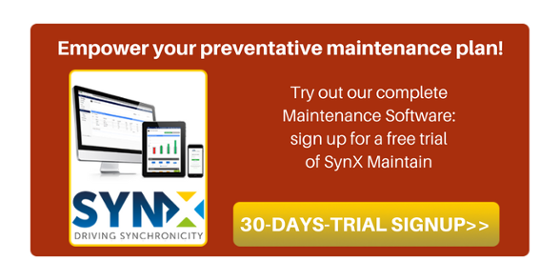
Setting up a preventative maintenance plan is not only about having your vehicles in working order and maximise their time on the road: though this is surely important, remember that having roadworthy vehicles is key for global fleet efficiency and cost controlling.
Our efficiency expert David Madden from Exchanger Hub has few more tips to share with us and you on how to build up a solid preventative maintenance plan, have a look at them and let us know what you think!
- Ask for Reports from Drivers — Your fleet operators are your greatest resource when maintaining and diagnosing issues with commercial trucks. Not only do they know the vehicles well, but they also have personal incentive to keep them in good working order. Have drivers implement a vehicle monitoring program where they record essential data, like wear and tear of tires and exterior components, as well as miscellaneous concerns that they might come across on the road. A good crew of drivers should be able to independently report and inspect fleet issues. You can also think about paperless checks via an app!
- Go Green — We’re just going to go ahead and say it: new commercial vehicles don’t require as much maintenance or fuel as their old gas-guzzling counterparts. Companies are quickly converting to partially green fleets. But you don’t have to scrap your entire fleet to get a cleaner-burning (and more efficient) vehicle. Consider the use of alternative fuels and fuel-saving upgrades to make your fleet more environmentally friendly. You can also maximize fuel efficiency by using fuel management systems that allow complete visibility on fuel purchased and fuel spent.
- Keep a Close Eye on Tyres — We don’t have to explain why tyre maintenance should go at the top of your list in terms of fleet maintenance. They’re definitely the components that get the brunt of the abuse, and keeping them well-maintained equals greater safety for your drivers. In fact, issues with tyres cause nearly half of all breakdowns. So, how do you make sure that your fleet’s tyres are always in good shape? It’s a good idea to ask service technicians and drivers to perform weekly tyre checks, not only to check tyre pressure, but also to assess treads and sidewalls. These facets can ensure that fleets are never at risk of accidents related to improper tire maintenance.
- Prepare for Seasonal Changes — Commercial vehicles don’t get to hibernate when the cold weather rolls in, which means that they should get some extra-special treatment to prepare for the winter months. Prepare your fleet for winter by topping off basic fluids — especially antifreeze, washer and hydraulic fluids — and test your fleet’s batteries to ensure that they hold a proper charge under certain weather conditions. This is also the time of year to invest in new windshield wiper blades and have heating components inspected to make sure that they’ll keep your drivers safe and comfortable during snow and sleet.
- Stay Up on Recalls — As previously mentioned, a smart preventative maintenance plan should prioritize driver safety, not only for the operators of your fleet, but also for others on the road. As part of your monthly maintenance program, make sure to check regularly to make sure that there are no current safety recalls affecting any vehicles in your fleet.


